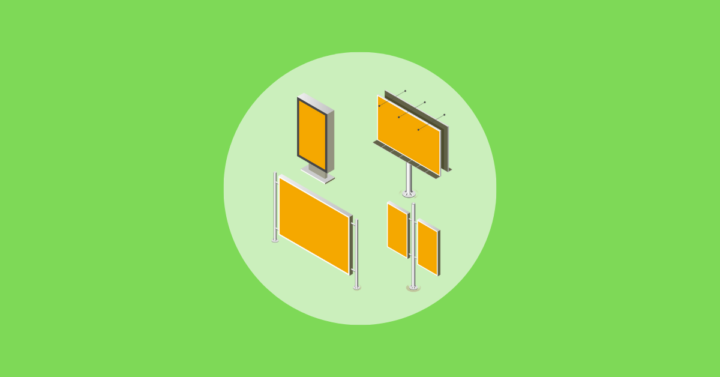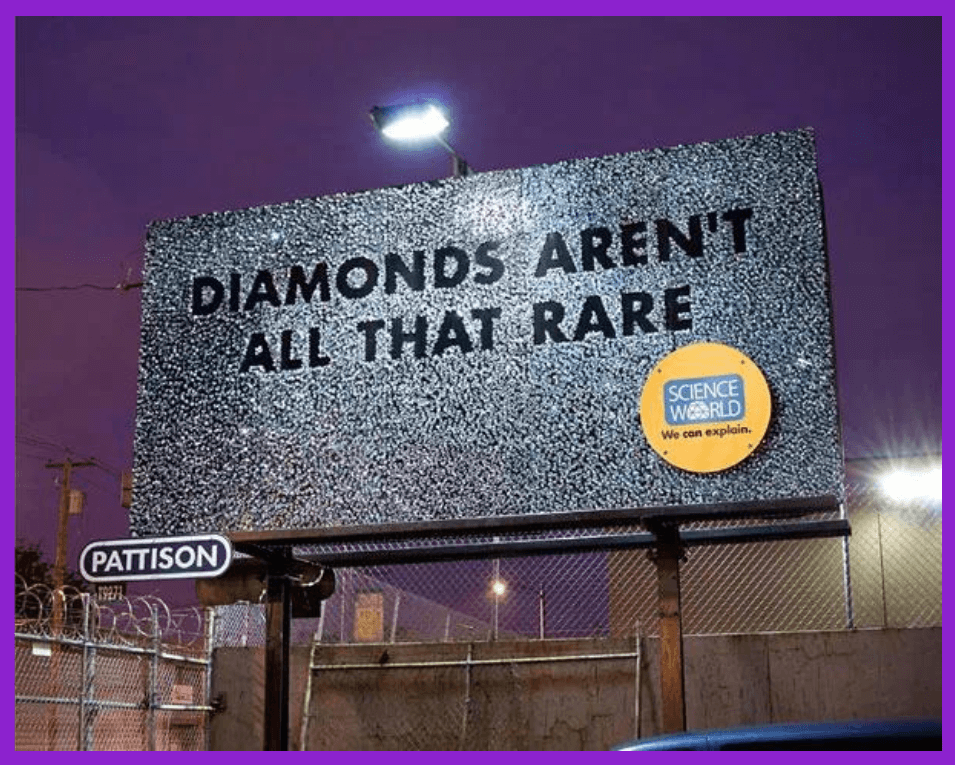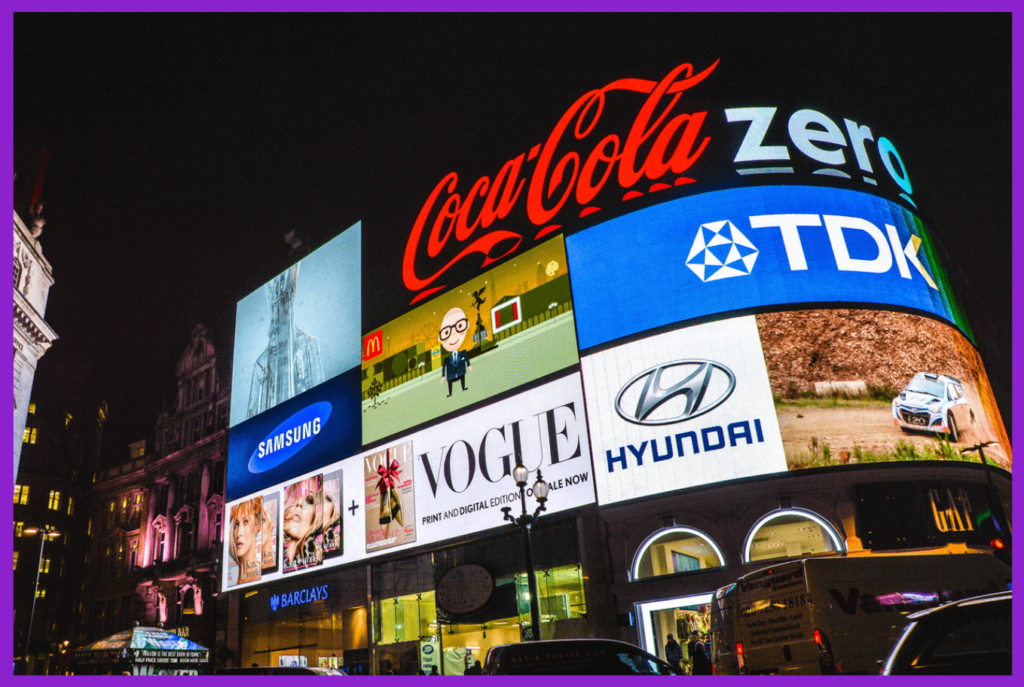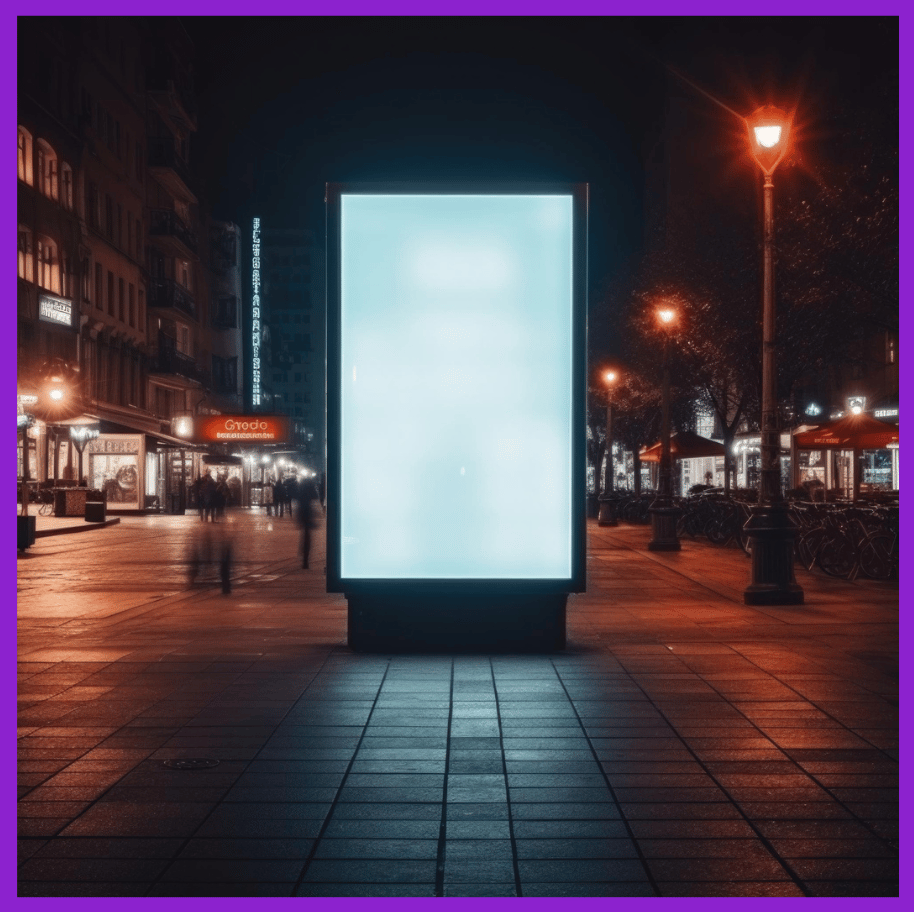
This is a guest post written by Isabella Roy.
In the changing advertising world, the shift from stationary pictures to digital, interactive screens is a significant change.
In the past, billboards used to be still signs along roads, simply showing messages.
The internet age has brought a new way of out-of-home (OOH) or outdoor advertising, with colorful displays that attract people’s attention in ways we couldn’t before.
This article explains out-of-home advertising displays have changed over time, from basic ones to ones that move and you can interact with, i.e., digital out-of-home (DOOH) advertising.
The Static Billboards Era
For many years, regular (static) billboards were the primary way to advertise outside.
These large prints or paintings on the sides of roads, on the walls, and the top of buildings showed messages with static pictures and words.

While somewhat helpful, these still images had limits in getting people’s attention, explaining detailed messages, or keeping up with fast changes in what people like.

As technology improved, advertisers wanted to find new ways to avoid being limited by regular billboards.
Enter Digital OOH Advertising Displays: A Dynamic Revolution
The introduction of digital OOH displays changed the way advertisements were shown. Advertisers started using digital screens that can change images and offer different things.
These screens use display technologies like LED, LCD, and OLED to show perfect pictures, making still pictures look more exciting.

This change was about moving pictures and how brands talked to their customers.
The moving nature of digital OOH screens lets people be creative.
Marketers can now use moving pictures, videos, and instant updates in their ads to grab people’s attention and make them feel fully involved in the experience.
Shifting from still to moving (or animated) OOH advertisements was not just about changing the content but creating a space to tell stories that connected with the active lives of customers.
Digital OOH Posters: The Modern Billboard
In the world of digital OOH screens, using a digital poster has become a flexible replacement for old-fashioned billboards.
While these posters resemble traditional billboards, the content in the screen can move and change like in a computer screen.
These sleek, strategically placed video screens resemble modern billboards. They draw attention and help consumers remember the brand.
Here’s a video of a foldable (and attachable) digital OOH LED poster display and it shows how you can install the display in front of your showroom, shopping mall, or in airport.
Because these posters can display content other than just images such as videos, these digital displays are superior to traditional posters.
Regular, still-image posters are less creative than these displays.
Digital OOH posters engage your target audience with lively storytelling and product demonstrations.
Advertisers can ensure that their ads remain captivating and enticing for an extended period by leveraging their capacity to modify content.
Interactive Touch-points: Engaging Audiences in New Ways
Not only have digital out-of-home (DOOH) advertising displays evolved in appearance but also how they function when we touch them.
Touchscreen technology has made it possible for consumers to interact with advertisements more.
Users can easily interact with interactive OOH displays to learn more about products or services.
Here’s a video that shows how Nescafe promoted their coffee product by launching an interactive DOOH ad in the form of a game, at a metro station.
These interactive DOOH displays also assist customers in making direct purchases.
These exhibits encourage participation rather than passive viewing.
Touchscreen digital OOH posters increase brand engagement.
Imagine a passerby who stops to look at a digital display.
They can use the screen to browse the items for sale and even make a purchase.
Customers benefit from this, and advertisers receive helpful data to improve their advertisements.
Augmented Reality (AR) and Virtual Reality (VR): Elevating Experiences
AR and VR make ads more fun as DOOH screen technology improves.
Virtual reality is like fantasy, while Augmented Reality puts digital objects into the real world.
Thanks to new technologies, digital out-of-home advertising is more entertaining and creative.
Virtual objects can be interacted with in daily life by AR-enabled digital poster users.
Here’s a video of how Pepsi “spooked” people with their AR-enabled DOOH display installed at a bus shelter.
A furniture company could arrange for customers to point their phones at a digital display showing how the furnishings will appear in their living room.
Users can explore new areas and experience them as if they were in the real world by way of VR.
It can be a compelling story for companies and offers good experiences.
Data-Driven Personalization: Tailoring Messages for Impact
Another way to generate them is to create digital OOH ads tailored to each user based on their data.
A business can target specific messages to its audience using customer demographic information, such as age, location, and occupation.
DOOH advertising displays are dynamic and can display various content to different viewers in the same way as ePosters.
For example, the information displayed on the digital sign at the mall may change according to the time of day.
In the morning and at night, it might encourage a special breakfast or dinner.
A custom advertisement can reach the intended audience more effectively and arouse their interest in a product.
Challenges and Opportunities: Navigating the Digital OOH Advertising Landscape
Moving to digital OOH advertising can bring many good things, but it also comes with some difficulties.
Advertisers should be careful about using too many digital ads so they don’t bother people.
Digital OOH ads must find the right balance between being new and staying up-to-date while not being too pushy.

This will help them succeed in a fast-changing environment.
Digital OOH ads could be even better in the future as technology improves.
Some cool things we can look forward to in the future are making fragile and bendy screens, using AI to make content better, and finding new materials for screens.
Crafting the Future of Digital Out-Of-Home Advertising
Over the years, advertising has changed a lot.
Nowadays, businesses talk to customers on digital OOH advertising screens instead of using regular billboards.
This change shows how companies are finding new ways to communicate with customers.
Moving from simple, fixed ads to personalized and interactive ones requires more than just technology.
It also means coming up with new and creative ways to do things.
